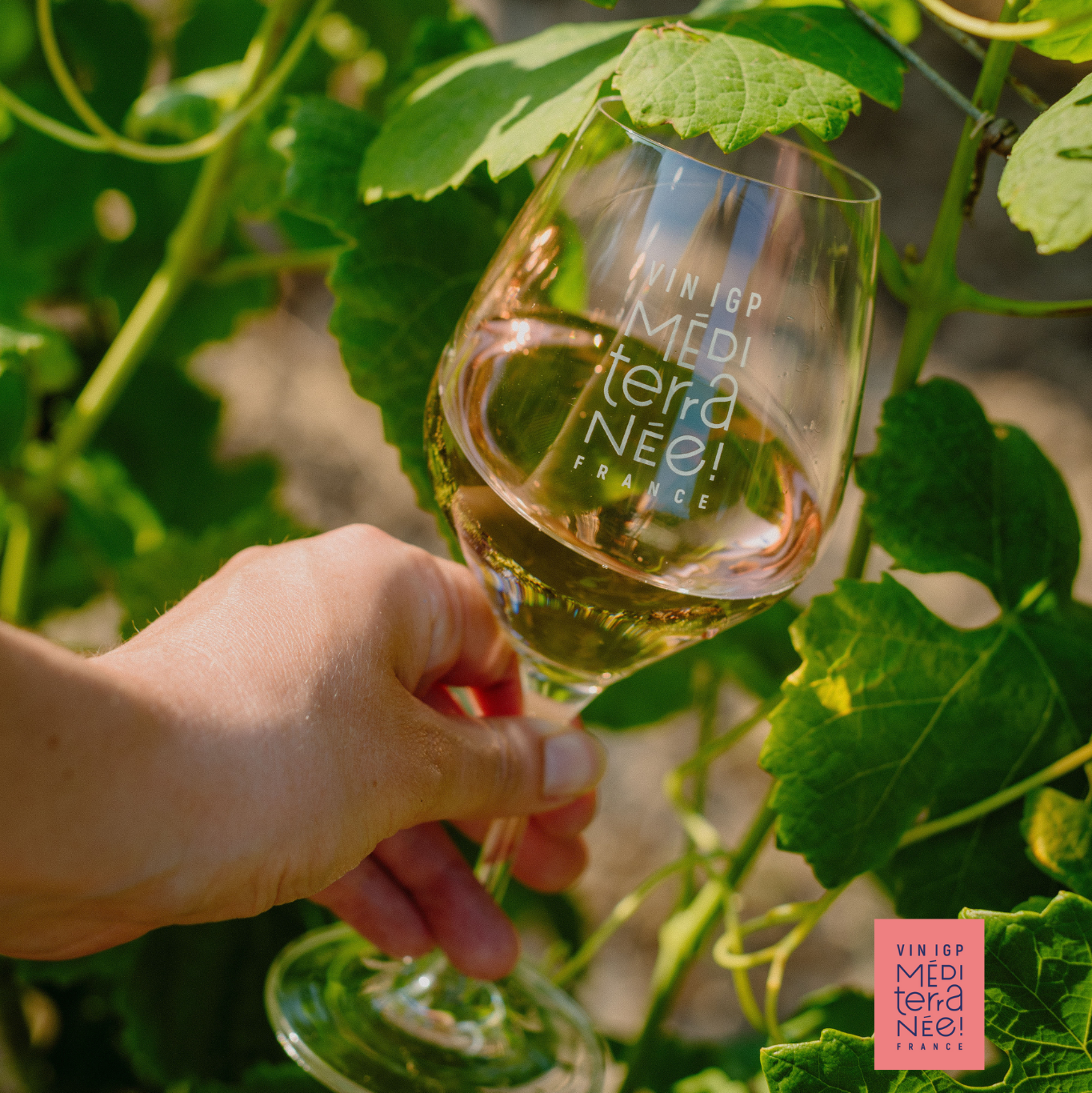Soldera: ‘Brunellogate’ has been forgotten
Almost nine years after what has come to be known as ‘Brunellogate’ – where a group of Brunello producers were accused of blending other varieties to make more commercially successful wines – Mauro Soldera, son of Italy’s flamboyant producer Gianfranco Soldera, says he saw little impact of the scandal on either Brunello regulation or consumer confidence in the wine.
“From a serious prospective, probably [I] can’t see any real impact. For tourism, [there’s] no impact because the number of visitors has increased. Then the press is not talking about it any more. There’s no more interest in talking about it in Italian press or as far as I know even in the international press. I haven’t seen any new articles or documents about the scandal, and probably most consumers are not even aware of it,” said Soldera during his whirlwind trip to Hong Kong on Tuesday before heading out to Singapore.
Asked if the scandal has affected consumer confidence in Brunello, the winemaker said, “probably not much. I don’t know, at least in Italy we are pretty used to scandals.
“Most of the people involved were not sentenced because they made a bargain beforehand. That’s why, to a certain point, the scandal has been forgotten.”
Wineries in Italy’s Montalcino produce around 13 million bottles of Brunello di Montalcino a year, at the time after the investigation in 2009, about 20% of Brunellos produced were subsequently declassified as Toscana Rosso IGT.
Starting from the 2006 vintage, the winery decided to label its wines as IGT instead of DOCG Brunello, which was seen as a de-facto protest to the Brunello di Montalcino Consorzio.
“We believe that the name Soldera will be a better guarantee for consumers than Brunello,” stated Soldera explaining the decision for the winery to exit the Consorzio and downgrade its wines to IGT classification shortly after the 2008 ‘Brunellogate’. A group of prominent producers were accused of blending other grape varieties to make Brunello, which by law should be a 100% Sangiovese wine.
Making only one wine, a 100% Sangiovese from 23-hectare of land in Case Basse, in the 1980s the winery decided to scrap its second wine, a Rosso di Montalcino, except in certain vintages like 1987, 1997 and 2005, said the vintner.
Partner Content
Production of its wines average around 15,000 bottles a year but in vintages from 2007 to 2012, the number of wines available in the market became extremely limited after a disgruntled former employee almost drained all six vintages from their vats in 2012. Prices for the wines skyrocketed from €300 to €600. The move to raise prices was described by the vintner as a way, “to stay in the market” after losing a significant chunk of its production.
Its 2010 vintage, which was considered to be one of the best vintages in Montalcino, was never released in the market because it was so severely affected by the vandalism, said Soldera.
Describing his wines as the, “pure expression of Sangiovese of the land”, Soldera said the wines were made using natural yeast without temperature control or filtering. Intervention in the vineyards is minimal as only a little bit of copper and sulphur are used.
Today, about 15% to 20% of its wines are shipped to Asia, according to Thibault Mathieu, general manager Corney & Barrow based in Hong Kong, Soldera’s Asia distributor. Despite its hefty price, the winery has developed about 200 private customers in the region.
The 2008 and 2009 vintages are available in Hong Kong, with a retail price of around HK$3,000 a bottle.




